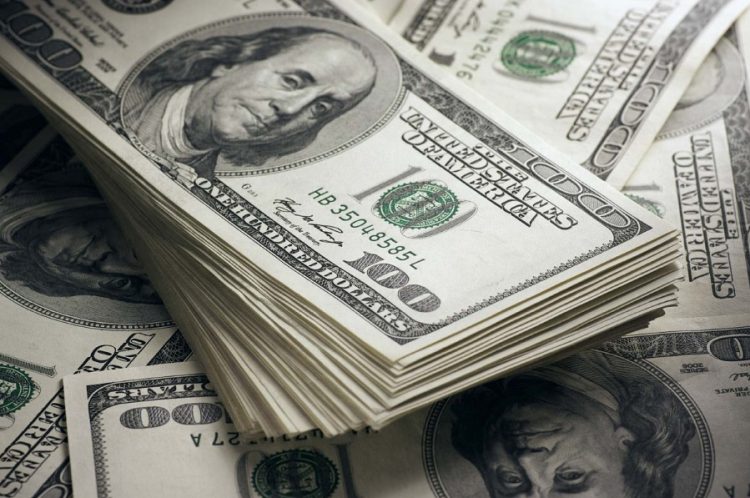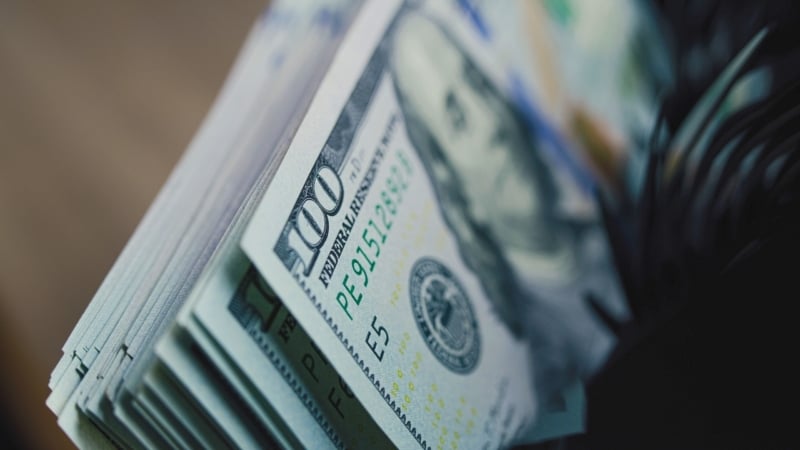Publisher: Maaal International Media Company
License: 465734
Dollar recovers, Australian currency dips after interest rates kept unchanged
اقرأ المزيد
Australian dollar fell today, Tuesday, after the central bank kept interest rates the same, while the dollar regained some of the gains it lost when data showed a decline in manufacturing activity in the United States.
In a closely watched monetary policy decision, the Reserve Bank of Australia on Tuesday kept the cash rate unchanged at 3.6 percent, after a series of 10 consecutive hikes, as policymakers said more time was needed to “assess the impact of the increase.” In interest rates so far and economic expectations
According to Reuters, the Australian dollar fell as much as 0.4 percent after the decision, and was last down 0.3 percent at $0.6766.
In the broader market, the dollar regained some of its gains during the Asian trading session after Monday’s tumble which was prompted by data pointing to a further slowdown in the US economy.
The Institute for Supply Management survey on Monday showed that manufacturing activity fell to its lowest level in nearly three years in March as new orders continued to contract, with all subcomponents of the manufacturing PMI falling below the 50 threshold for the first time since 2009. ,.
This led to a broad decline in the dollar, tracking the decline in US Treasury yields, as investors reduce expectations about how long interest rates will need to stay in a narrow range to tame inflation.
The pound and New Zealand dollar hit multi-week highs in early Asian trade on Tuesday, but later fell.
The pound was last down 0.05 percent at $1.2410, after touching its highest level since late January earlier in the session at $1.2425.
The New Zealand dollar rose 0.2 percent to $ 0.6310, its highest level since mid-February, and the last level it settled at was $ 0.6301.
The dollar index against a basket of currencies rose 0.17 percent to 102.20, after declining more than 0.5 percent on Monday.
The euro fell 0.11% to $1.0891, after gaining 0.56% on Monday. The dollar rose against the Japanese yen by 0.29 percent, to 132.84
Futures pricing shows that markets expect the Federal Reserve to start cutting interest rates in September at the earliest and through the end of the year when interest rates are expected to be just over 4.3 percent by December. ,
The two-year Treasury yield, which is usually in line with interest rate expectations, came in at 3.9738 percent, after falling nearly 10 basis points on Monday.
The slowdown in US economic data overshadowed renewed inflation fears after the markets were shaken by the decision of the OPEC + alliance to cut more production, which led to a six percent rise in oil prices on Monday.









